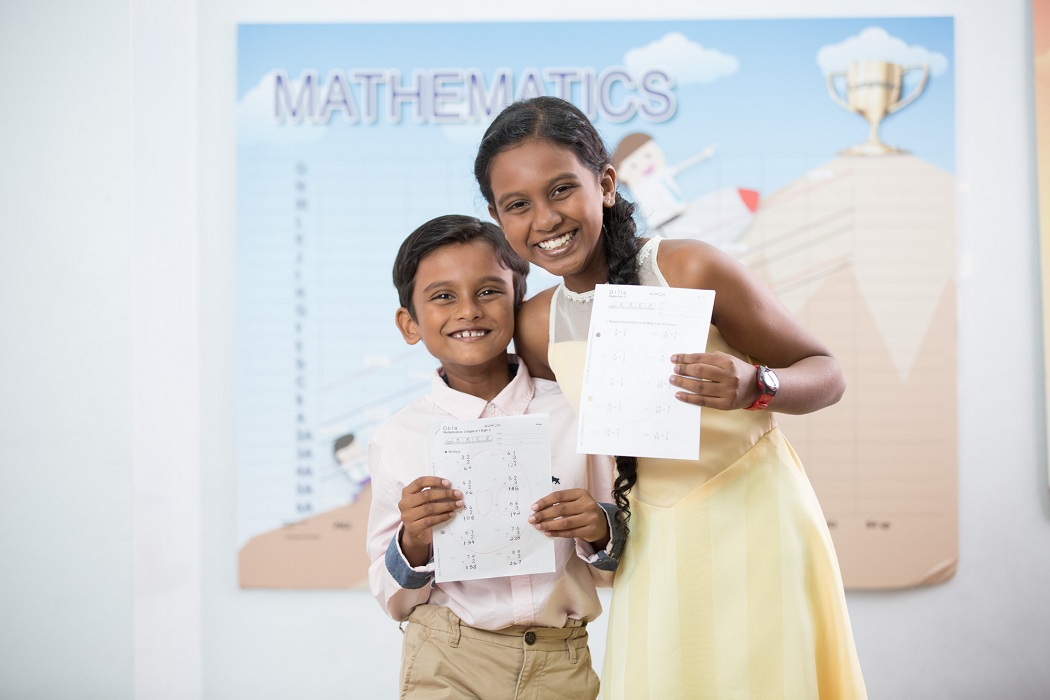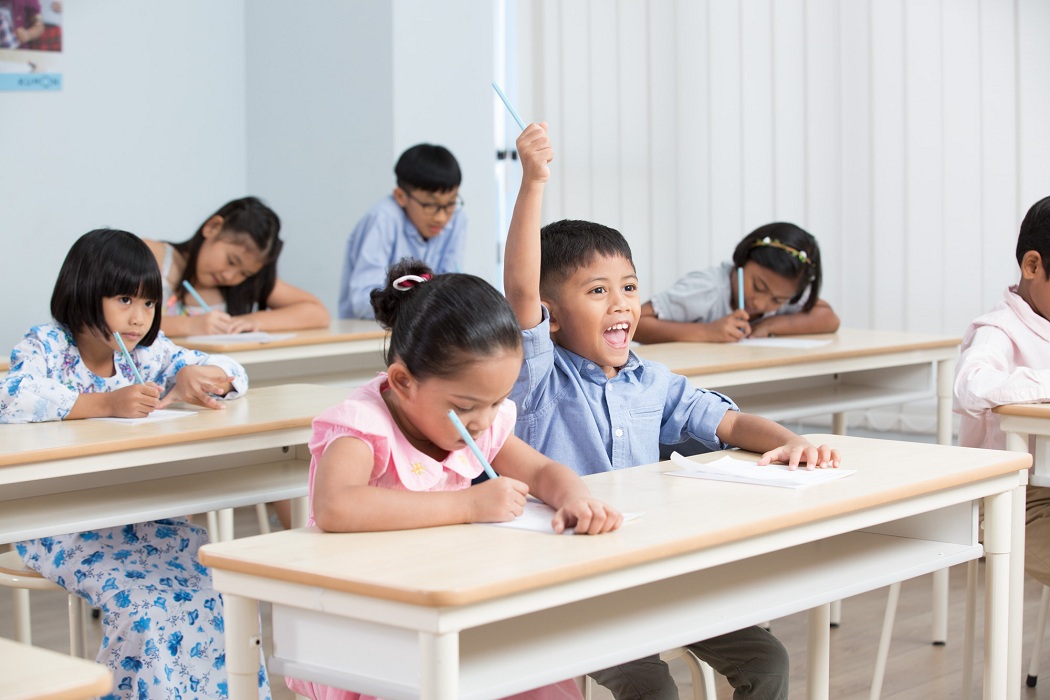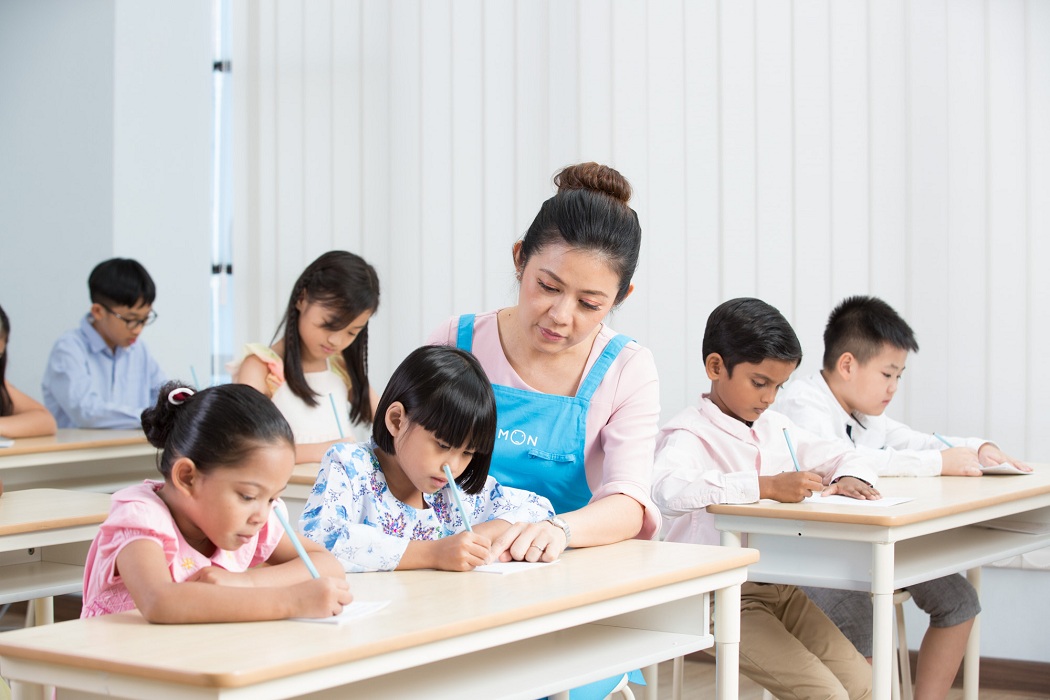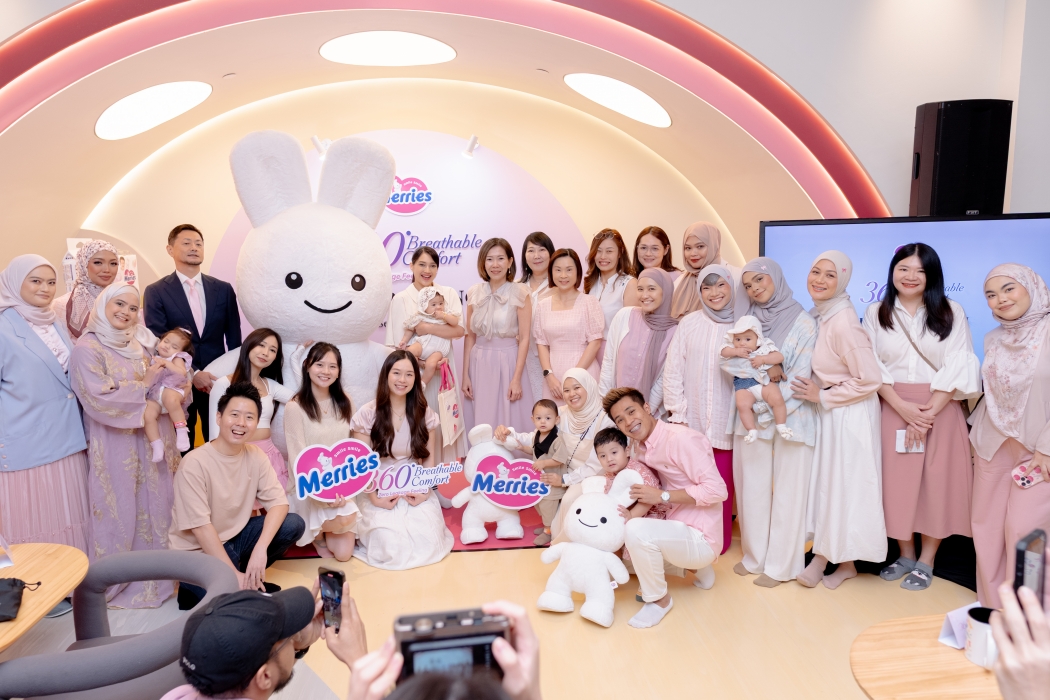As parents, we are constantly worried about whether or not we’re doing what’s best for our child. A form of validation for most of us Asian parents is if our child is doing well in school. But as the world evolves, success in life is getting less about scoring high in exams and more about critical life skills that will prepare them to be future-ready.
Our pre-schoolers today will enter the workforce around 2035. Although we can’t be too sure about what their world will be then, we do know that children and adults will continue to need the basics of reading, writing and mathematics. They will also need a greater ability of problem-solving, critical thinking skills, to be resilient in the face of fast-moving change and to have a self-learning mindset.
Our job as parents is to make sure that our children are adaptable and ready for what’s to come. So here are 5 characteristics of a future-ready child and how you can build them.
- Problem Solver
- Confident
- Indistractable
- Self- Discipline
- Self-Learning

Problem Solver- Being able to come up with solutions to everyday concerns
Kids look up to us parents and think that we are all-knowing. While it’s natural for us to always come to their rescue, teaching your child to solve their own problems can help in building their independence and critical thinking.
Cultivate this characteristic by encouraging creative play at home. Blocks, puzzles or materials found around the house (such as empty rolls of tissue paper or shoeboxes) will encourage creativity and make them think more deeply.
You can also pose questions back at them whenever they go to you for help. Instead of giving them the answer right away or take matters into your own hands, help them come up with the answer or solution themselves.
Confident
To be future-ready, your child must also have the confidence in himself/ herself and the ability to master their own behaviour while believing in themselves.
When it comes to learning, it is best that students are assessed according to their own individual abilities, regardless of their age and school grade. In Kumon, this method is known as the ‘just-right’ level, where the instructor evaluates a student’s ability to ensure that they learn and progress accordingly. Using this method, students tend to gain more confidence as he or she is able to grasp the syllabus better and is able to move on to the next level when they are ready.
The Kumon method also enables students to learn according to their own abilities and not be limited to their grade level in school. In fact, Kumon students are encouraged to study beyond their school grade level, with some as advanced as five years beyond their school grade.

Indistractable – The ability to control his/her attention
Digital distraction is one of the biggest concerns for parents today. With social media, streaming services and video games, kids are easily distracted and hooked on these tools.
Becoming indistractable is one of the most important characteristics a future-ready child should have- and is also one that many parents fail to teach their kids. When kids struggle with focus, it can be hard for them to listen to, remember, and follow through on directions.
One of the ways to build a child that is indistractable, is by empowering them with the ability to control their own time. In Kumon, kids will be given daily homework as a routine. Outlining a clear routine for your kids will help them to realise what activity is coming up and what time to expect breaks. Knowing they have a deadline to complete a given task will drive their concentration and keep them focused.
Self-Discipline- Resisting unhealthy choices
It doesn’t matter what form of discipline you use on your child, the ultimate goal should be to teach him or her self-discipline.
Self-discipline helps your kids to resist unhealthy temptations, manage stress and make healthy choices even when you’re not around. From choosing to turn off the TV and work on homework, to resisting that extra cookie when mum isn’t looking, self-discipline will help them become responsible adults- and it can be taught from a young age.
Young students who attend Kumon classes are taught self-discipline, such as knowing where to place their belongings, obtain their worksheet, complete a worksheet within an allocated time and where to submit their work.
But it also should be practised consistently at home, such as placing their shoes where it should be when they get home, knowing what time they should be having a bath and completing chores that have been assigned to them.

Self- Learning- To Learn How to Learn
These days, you can learn how to do almost anything through a simple Google search, by watching a YouTube tutorial, and by simply reading instruction manuals. Self-learning is the new form of learning that equip people with skills that are relevant to their daily activities.
Although classroom teaching is the foundation for most kids as they move through childhood, those who can self-learn have an even greater tool, and it’s one that will stay with them throughout their lives.
According to Mr Yosuke Sugawa, General Manager of Kumon Malaysia:
“When children are exposed to new challenges at a young age, it allows them to learn on their own, they’ll have a hard time distinguishing between play and learning.”
Unlike other enrichment centres, Kumon believes in guiding their students and not merely teaching them. “There’s a difference,” he says.
“We guide our students to understand concepts and apply the concepts that they learn independently throughout their learning journey in and out of the classroom.”












